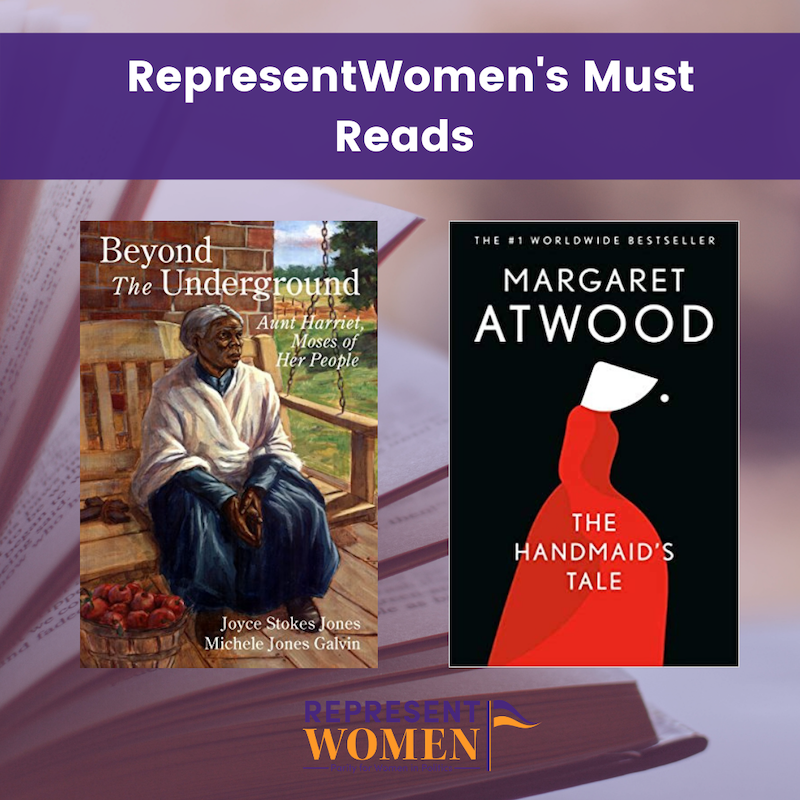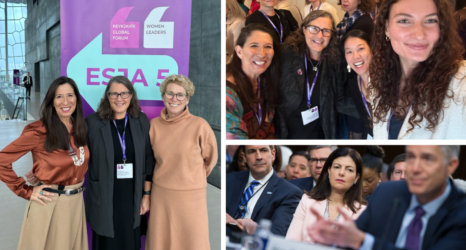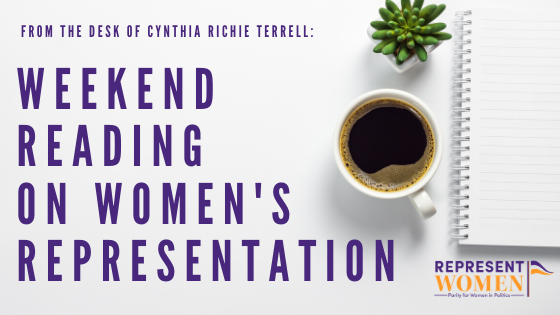
Weekend Reading on Women’s Representation is a compilation of stories about women’s representation in politics, on boards, in sports and entertainment, in judicial offices and in the private sector in the U.S. and around the world—with a little gardening and goodwill mixed in for refreshment!
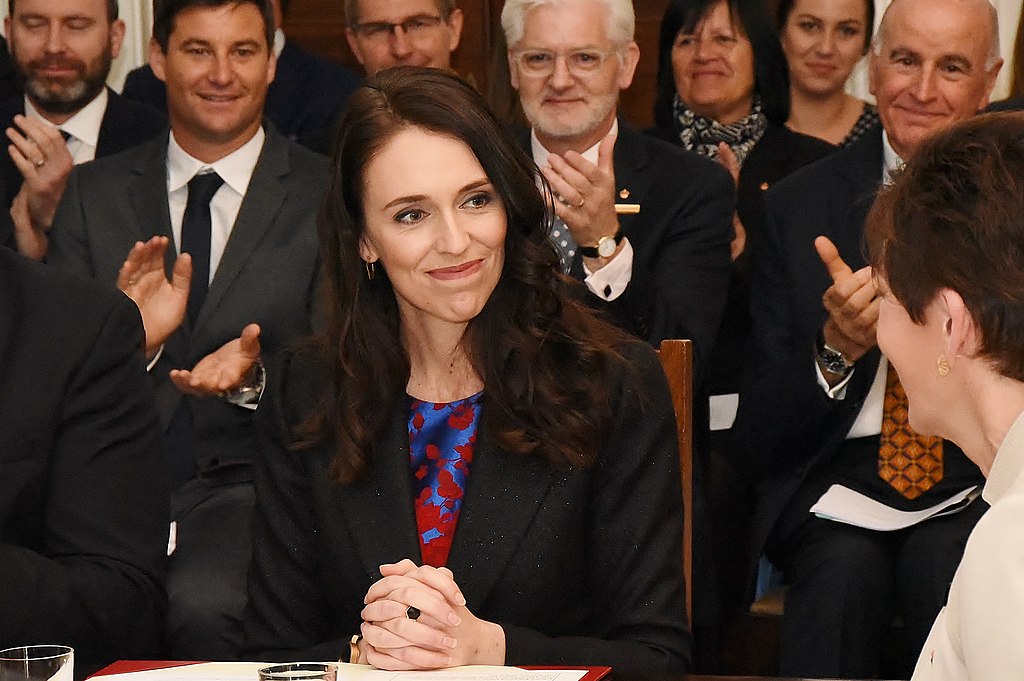
We will have to wait a few more weeks to know the winner of the U.S. presidential election—but the results are in for prime minister of New Zealand, and Jacinda Ardern has won by a significant margin.
While the United States and New Zealand both inherited a faulty electoral system from the U.K., New Zealand switched to a proportional voting system in 1993 —after a persuasive visit from American proportional representation advocates—which led to increased numbers of women elected to Parliament, including an even younger Jacinda Ardern.
John Nichols wrote a terrific piece in The Nation this week about the landslide win for Ardern:
New Zealand Prime Minister Jacinda Ardern accepted her landslide reelection win Saturday with a message for her country and the rest of the world:
“We are living in an increasingly polarized world, a place where more and more people have lost the ability to see one another’s point of view. I hope that this election, New Zealand has shown that this is not who we are. That as a nation, we can listen and we can debate. After all, we are small to lose sight of other people’s perspective. Elections aren’t always great at bringing people together, but they also don’t need to tear one another apart.”
Ardern, the 40-year-old leader of New Zealand’s social democratic Labour Party, did not explicitly mention the highest-profile election of this fall. But it was hard not to recognize in her victory speech a nod to voters in the United States, especially when she said, “This has not been an ordinary election and it’s not an ordinary time. It’s been full of uncertainty and anxiety. And we set out to be an antidote to that.
Since the former president of the International Union of Socialist Youth took office three years ago as a relative newcomer to national politics who cobbled together an unlikely multiparty coalition, Ardern has governed as the alternative to Donald Trump. She has confronted white nationalism, racism, and xenophobia. She has responded to a mass shooting that killed 51 Muslim worshippers by leading the charge to ban semiautomatic weapons ban and implement meaningful gun control regulations. And she has met the challenge of the coronavirus pandemic with the necessary combination of “science and solidarity” that United Nations Secretary General António Guterres has identified as the formula for success…Ardern’s approach to the pandemic has not been a radical one. It’s been a necessary one. And it has worked. New Zealand flattened its Covid curve by early May, and it has maintained its safe-and-healthy status with considerable success since then. A country with just under 5 million people, New Zealand has reported fewer than 2,000 coronavirus cases and 25 deaths. A relatively comparable US state, Wisconsin, with a population of 5.8 million, has had more than 175,000 cases and roughly 1,600 deaths.
New Zealand has been so successful in controlling the virus that—at a time when the United States is struggling with a deadly surge that has seen hot spots develop in Wisconsin and other states—the island nation has in many senses returned to normal. Now, New Zealand voters have placed a big stamp of approval on Ardern’s efforts. In a country where prime ministers have historically had to pull together multiparty coalitions in order to govern, Ardern’s Labour Party won 64 of 120 seats and could govern without a coalition. Noting that “the Jacinda Ardern-led New Zealand Labour party has swept to its largest election night victory since 1946, winning 49.1% of the party vote and 64 seats in parliament,” Massey University professor Claire Robinson declared the result “one for the history books.”

According to a new report from the UN, women around the world still face innumerable barriers to representation and equality despite significant gains in a handful of countries and targets set for representation:
Introducing the 2020 edition of The World’s Women: Trends and Statistics, Liu Zhenmin, chief of the UN’s economic and social affairs department (DESA), said that over the last two decades, “attitudes of discrimination are slowly changing” and women’s lives have improved with regard to education, early marriage, childbearing and maternal mortality, all while progress has stagnated in other areas.
“Women are far from having an equal voice to men“, spelled out the DESA chief. “And, in every region of the world, women are still subjected to various forms of violence and harmful practices.”
Beijing still pending
Overall, progress continues to fall far short of what Member States committed themselves to, at the 1995 Fourth World Conference on Women.
“Twenty-five years since the adoption of the Beijing Declaration and Platform for Action, progress towards equal power and equal rights for women remains elusive”, said UN Secretary-General António Guterres.
“No country has achieved gender equality”.
To effectively measure progress in that regard, reliable, timely and disaggregated, data are critically needed and closing data gaps requires regular collection and use of gender statistics

There was a fascinating article in The Irish Times by Ronan McGreevy about a citizen’s assembly report on the status of women’s representation.
While the findings in the report are quite interesting the process of forming a citizen’s assembly to study the barriers women face serves as an excellent model to assess the structural obstacles to women’s representation and leadership that could lead to a blueprint of remedies to address those barriers—anyone up to push for this process in the United States?
It will take until 2063 at the current rate of progress to achieve parity between male and female representation in the Dáil, the Citizens’ Assembly has heard.
Dr Yvonne Galligan of the Technical University Dublin said quotas for national elections were introduced in 2012, but the number of female candidates had remained static at 31 per cent in the past two general elections.
Women make up just 22.5 per cent of TDs and 23.9 per cent of local councillors.
In her submission to the assembly on Saturday, Dr Galligan argued that quotas for general elections should be increased from 30 per cent to 50 per cent for both local and general elections.
The assembly also heard calls for the introduction of gender quotas in the media, academia and at board levels in commercial and State organisations, as well as for the extension of political quotas from general elections to local and Seanad elections.
Submissions to the assembly stated that women in leadership positions were held to different standards than men and cited a lack of provision for childcare in the houses of the Oireachtas, which made the demands of political office incompatible with family life.
Media imbalance
The under-representation of women in the media is leading to a lack of gender balance in media programming, a lack of coverage of women’s sport and the stereotyped representations of women and girls, members of the assembly were told in a summary of the submissions, collated by Dr Pauline Cullen of Maynooth University.
The submission recommended gender quotas in media and gender-sensitive policies and programmes in media organisations. Another suggestion was that there be legislation to prohibit abuse of women on social media.
The under-representation of women in leadership positions in higher education should be tackled by introducing quotas and improving transparency in recruitment processes.
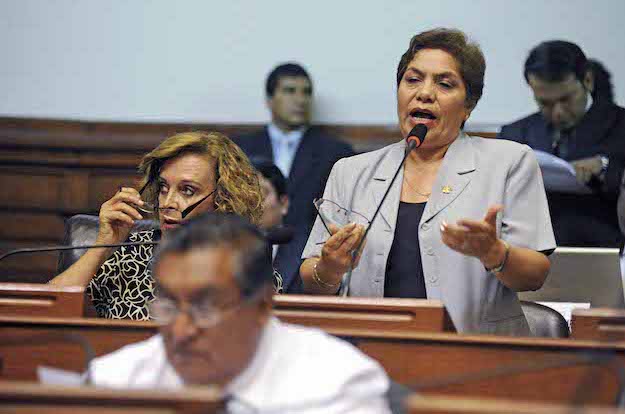
Women’s representation super scholar Jennifer Piscopo had two excellent articles this week about women’s representation in South America and the gender quotas that are advancing women’s representation faster in countries where they have been adopted and are enforced.
The first piece in Americas Quarterly examines what makes quotas an effective tool in some countries and less effective in other countries:
Latin America’s redemocratization in the 1980s had overwhelmingly benefited men. Women had led pro-democracy movements, but were marginalized once electoral politics returned. Only about 5% of legislative seats in the first post-transition elections were won by women.
Regionwide, the needle hardly moved in subsequent years. Throughout the 1990s, women averaged less than 10% of the region’s lower or unicameral legislatures. In 1997, upon introducing Peru’s quota law, Congresswoman Luz Salgado remarked that “a patriarchal and machista political culture is responsible for the fact that of 2013 parliamentarians, only 84 have been women.” Rather than wait for gender bias to disappear with time, women sought quotas to fast-track their access to elected office.
Gender quotas have helped advance that goal. In 2020, women hold 30% of seats in Latin America’s lower or single chambers and 28% in the senates. In Argentina, Bolivia, Costa Rica, Nicaragua and Mexico, women constitute nearly half the legislature.
The road has not been easy. Men legislators often acquiesced, but wrote laws with loopholes, allowing party leaders to look like good feminists while paying few electoral costs. But women kept the pressure on, gradually strengthening gender quotas.
The big lesson from these 30 years is that just having a quota is not enough — the design of the quota itself matters tremendously.
First, thresholds must be high. Most countries began with quotas set at 20% or 30%, but the new benchmark is gender parity, or 50%. Eight countries — Argentina, Bolivia, Costa Rica, Ecuador, Honduras, Mexico, Nicaragua and Panama — currently require gender balance among legislative candidates. Peru will apply parity in the 2021 elections.
Second, quotas must match electoral systems. Latin American countries use different forms of a party list system. Rank-ordered lists of candidates are usually closed (voters select the list as-is) or open (voters can move candidates up or down). Many initial quota laws lacked rules about list order, letting political parties relegate women to the lists’ bottom. Now, the gold standard is “vertical parity,” a 50% gender quota alternating men’s and women’s names down the list. Such mandates work especially well in closed-list systems, but the principle translates easily. In Mexico, for instance, 300 lower-house members are elected in single-seat constituencies, and the 2016 electoral law says political parties cannot nominate women “exclusively” to losing districts.
Third, give parties a little wiggle room. For example, Mexico’s first quota law — passed in 2002 — didn’t apply to parties selecting candidates via internal primaries (rather than nomination by the party leader). The loophole closed in 2011, when women lawyers, journalists, activists and politicians sued and won. Until recently in Costa Rica, parties would often implement vertical parity, but always starting with a man. The election agency now requires “horizontal parity,” meaning that women lead half of all lists presented by parties.
Finally, sanctions and enforcement are critical. Quota laws typically rely on electoral authorities to ensure that parties do not just fill the quota, but follow the rules about ballot order and district assignment. Authorities must remain vigilant to shenanigans. Take Mexico in 2018: Parties in the state of Oaxaca attempted to fill the quota with fake transgender candidates—men who dressed as women, but had never done so until their nomination.
“Political parties are the most creative when it comes to breaking the rules,” said María del Carmen Alanis, former chief magistrate of Mexico’s federal electoral court. “The electoral tribunals have compelled them to comply.”
The combination of strong design and strong enforcement separates Latin American countries into two groups. Those that implement gender parity and enforce the law — Argentina, Bolivia, Costa Rica, Ecuador, Mexico and Nicaragua — elect an average of 46% women to their lower or single chamber of congress. By contrast, countries with weak or no quotas elect an average of 22% women. This group includes Colombia and Uruguay, which have thresholds below 40%, and Honduras and Panama, which have open-list systems and no placement mandates. While Brazil has a gender quota law dating back to 1995, electoral authorities largely look away. A low 30% gender quota, half-hearted enforcement and open lists place Brazil dead last among Latin American countries in electing women to congress.

Piscopo’s second piece, in The Hour, is about the measure on the ballot in Chile that asks voters if they support the writing of a new constitution and if so, who should write that document:
If, as expected, everyday Chileans write the country’s new constitution, the decision-making power of the political class will be reduced.
Women will also have a greater voice in Chile’s future. Just two women were among the 12 authors of its Pinochet-era constitution. But feminist leaders and women in congress insisted “never again without women,” demanding that the citizens elected to the constitutional convention be half women.
When the men in congress balked, the women stood outside the chamber chanting, “we are half, we want half.”
In December 2019 congress conceded. By law, half of the citizens who will write Chile’s new constitution must be women. This establishes a groundbreaking global standard for women’s political inclusion.
The convention will also reserve seats for Indigenous peoples like the Mapuche, a marginalized group whose ancestral lands have been stolen by the government.
At a time when people worldwide are rising up to demand more equitable and responsive government, from Black Lives Matter in the U.S. to the pro-democracy movement in Hong Kong, Chile shows that sustained protests can bring sweeping change. Everyday Chileans, young and old, took exceptional risks to improve their country. Some paid with their lives.
Today, even as Chile’s COVID-19 death rates soar, Chileans are still out in the street, protesting inequality and campaigning on the referendum. They want their fellow citizens to vote “yes” on writing a new constitution and to give the pen to Chile’s people – not its politicians.
Closer to home, there was a story in the Baltimore Sun by Talia Richman that discusses the gains that women have made in the Maryland legislature.
An active Emerge Maryland chapter has helped to identify and support women candidates but the most consistent factor in higher numbers of women in office in Annapolis is the use of multi-seat districts—which are used in Maryland and in nine other states:
While there has been a surge of Maryland women passing policy on the local level, there remains a dearth of leadership at the federal level. The state’s 10-member congressional delegation is entirely male, and mostly white. Maryland is one of only 12 states with no female representation in Washington.
Deckman says the power of incumbency is so strong at the federal level that it’s kept women from advancing
After Democratic U.S. Rep. Elijah Cummings of Baltimore died last year, several prominent women sought the open seat, including his widow, Maya Rockeymoore Cummings, and state Sen. Jill Carter. Voters chose Kweisi Mfume, who had previously represented the 7th District.
Republican Kimberly Klacik is now challenging him, though the district is considered safely Democratic.
There has also never been a female governor in Maryland. Eva Lewis, director of the state’s Democratic Party, said that while there’s so much national focus on the November election, officials here are already looking ahead to 2022 as term limits bar Republican Gov. Larry Hogan from seeking a third four-year term.
Of the 10 counties governed by executives, two are led by women. These roles are considered launching pads for statewide office, and Angela Alsobrooks of Prince George’s County is often discussed as a potential Democratic contender for governor.
“We have a big election in 2022, and I’m very interested to see who is going to be running because it’ll be so open on both sides,” Lewis said.

There are a number of measures on the ballot for ranked choice voting this year—FairVote has a good write up—but there are also some measures on the ballot that are cause for concern, including one for approval voting in St. Louis that, if passed, would disadvantage women candidates and candidates of color by fueling bullet voting and split votes.
Please read and share this piece by election law attorney Gautum Dutta:
In St. Louis, voters are looking at a ballot measure called “St. Louis Approves.” Proposition D threatens to dilute the political power of the city’s substantial African American population, limit voter choice for everyone, install an untested voting method likely to fuel strategic voting, and shut out minority voices. Here’s an early warning to keep this proposal out of California.
Proposition D would make three major changes to St. Louis elections.
First, it replaces the partisan ballot used in state, congressional, and presidential elections with a nonpartisan ballot. Not allowing voters to see candidates’ party affiliation undercuts accountability and transparency.
Second, each party would no longer nominate their own candidates before an election among independents and the party nominees. Now the final election will only have the two candidates with the most votes in the primary, shutting out everyone else. Even if that’s the norm now in California, it would be new to St. Louis.
Third, adding fuel to the fire, the primary would replace a one-person, one-vote system with a so-called “approval voting” ballot. Some voters might use three votes and others just one vote. A candidate could fail to advance from the primary even if the first choice of more than half the voters….
This is dangerous in diverse places like California and St. Louis. Although the Democratic primary electorate has a strong African American majority, the African American share of the overall population is under 50 percent. If there is an organized effort by White voters to support just two candidates, a slim majority in the primary could seize control of the general election ballot.
What’s worse is that voter turnout will be especially low in the primary. St. Louis elects its mayor and other city offices in the spring of odd years, making turnout already low. It will be even lower in primary contests that no one wins, but just earns the right to advance. Expect primary turnout to be barely half of general election turnout.
This is a recipe for well organized, higher-income, older voters winning both primary slots. Younger, less White, and less wealthy voters could be shut out.
I’m no defender of the status quo. I’ve supported voting rights changes like automatic voter registration and Ranked Choice Voting for decades. But this scheme should stay in the laboratory: it’s worse for racial fairness, voter choice, and majority rule. Let’s keep it out of California — and hope St. Louis voters reject it this November.
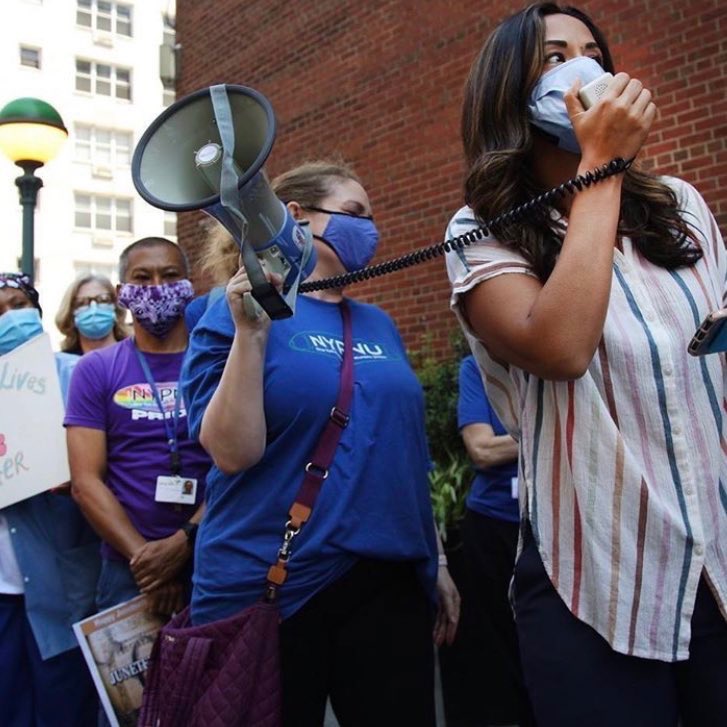
On a more encouraging note, 21 in ’21, an organization dedicated to electing more women to office in New York City in 2021, used ranked choice voting to select their list of endorsed candidates according to the story below from Gay City News by Matt Tracy.
You can try FairVote’s newly designed RankIt App for any decisions that your organization or family may need to make (favorite Halloween candy is always a sweet place to start):
A grassroots group aiming to bring much-needed gender diversity to the New York City Council in next year’s elections unveiled dozens of new endorsements on October 19 — including some of the out LGBTQ women running for city office.
The group 21 in ‘21, formed in 2017 with the purpose of adding more women to a City Council that currently includes only 12, used rank-choice voting to endorse a bipartisan collection of candidates — meaning their top choice was listed first, followed by other candidates in descending order of preference.City residents will be voting in ranked-choice format in next year’s primaries and special elections. Any races in which one person does not win an outright majority will face additional rounds of vote counting, with candidates with the lowest number of first choice rankings eliminated each round and voters who chose them reassigned to their second place choices until a candidate gains a majority.
Three out City Council hopefuls were included among the 33 candidates that received a first-choice endorsement from 21 in ‘21, which spells women as womxn to be more inclusive: District 22 candidate Tiffany Cabán of Queens, District 29 candidate Lynn Schulman, also of Queens, and District 35 candidate Crystal Hudson of Brooklyn.
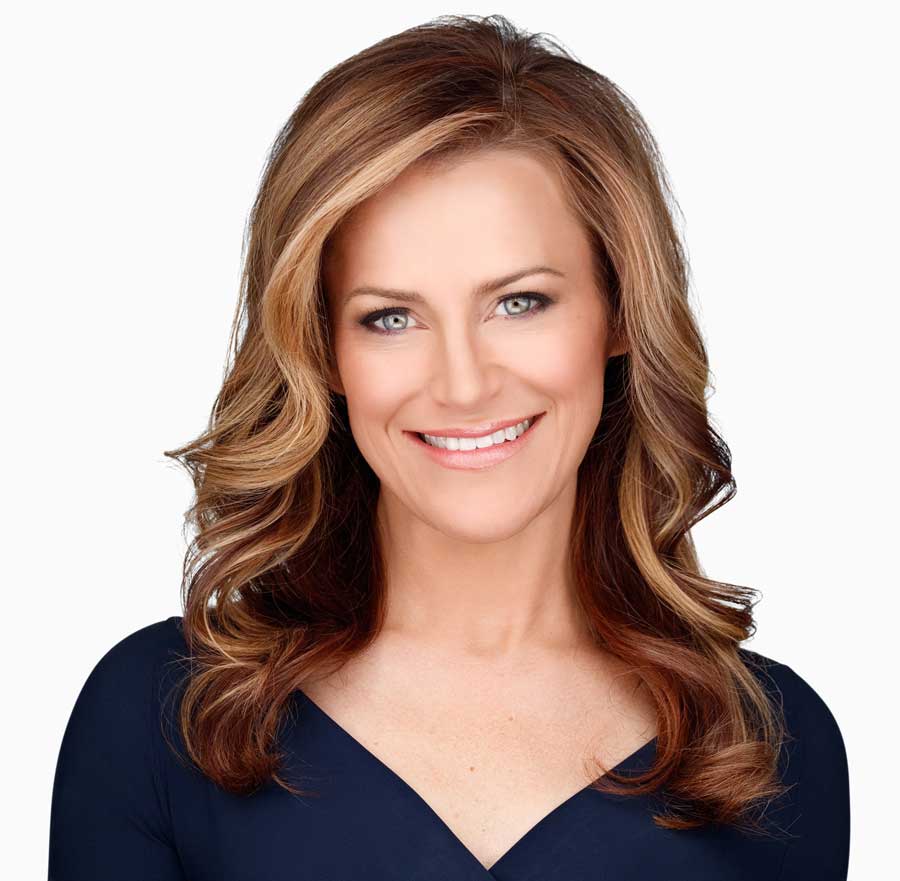
There was a great profile of RepresentWomen board member Amber McReynolds by Abigail Abrams in TIME Magazine this week which featured her leadership on voting by mail:
Amber McReynolds remembers the exact day that she started receiving a deluge of calls from officials, election experts and industry leaders around the country wondering how they would administer presidential primaries and general elections in what was increasingly looking to be an unprecedented year: it was her 41st birthday, March 7.
The country’s first COVID-19 outbreak was ripping through Seattle, Super Tuesday had just happened, and the next set of primaries was set to take place a few days later. In a week’s time, President Donald Trump would declare a national emergency.
With infection rates rising and social distancing measures becoming the norm, the need for new voting options became urgent overnight. Counties that previously fielded a few thousand absentee ballot requests were suddenly flooded with hundreds of thousands of voters asking to cast ballots remotely, and election boards were suddenly to find enough people willing to risk exposure to COVID-19 to be poll workers. The prospect of long lines to vote—a sign of poorly functioning election systems in normal times—now seemed potentially life-threatening.
McReynolds, perhaps the country’s most outspoken evangelist for voting by mail, became something of a guru for how to proceed. As messages poured in from all corners of the U.S., one person asked her: “Can you write a plan for the entire country?”
So she did. By mid-March, McReynolds’ organization, the National Vote at Home Institute, had published the first-ever national mail voting proposal, which laid out, in wonky detail, different paths that state election administrators could take to ensure that every voter could cast a ballot safely. On March 16, they sent it to election officials in all 50 states. The report had the effect of catapulting McReynolds and her tiny nonprofit into the center of one of the most pitched and vital public policy debates of the year.

RepresentWomen board member Onida Coward-Mayers launched the #ShieldTheVote campaign this week to provide protective gear for voters going to vote in person—look for the donate button on the Shield the Vote website to make a donation to help protect voters!

My daughter Becca cast her ballot by mail and then moved to France this week—there are just 10 days or so left to cast a ballot before election day in the United States!
I think often of the outsized impact the U.S. government has on the lives of everyone on the planet—that’s what motivates me to vote and to make sure everyone I know who is eligible does the same.
Check out RepresentWomen’s suggested #FeministReading for this week:
